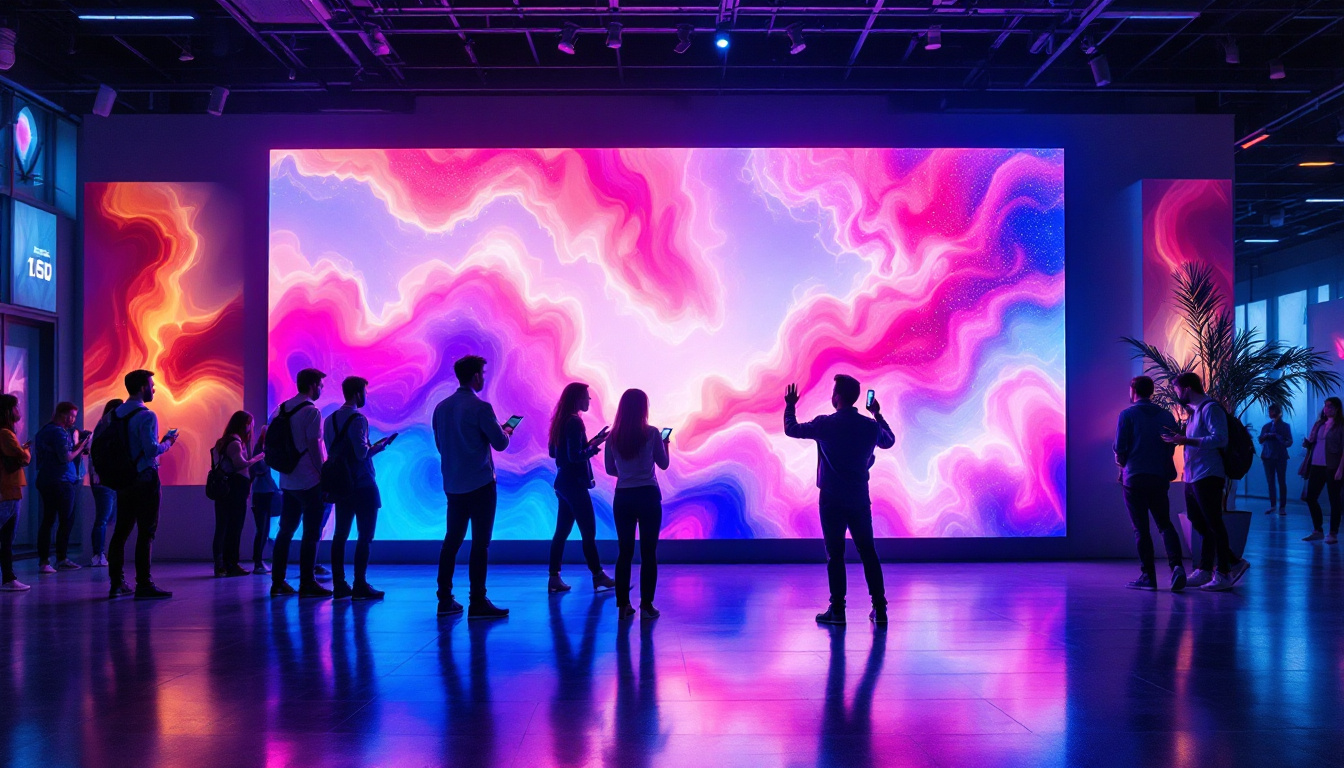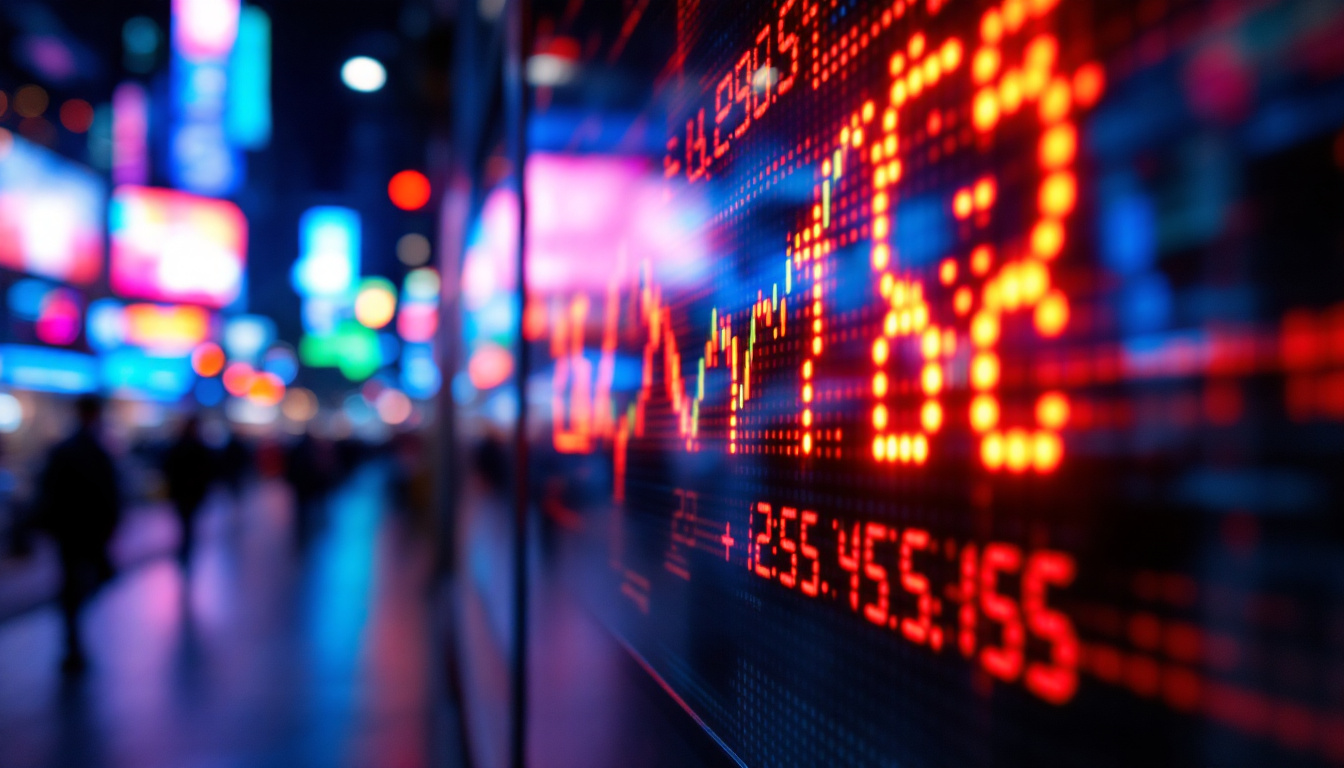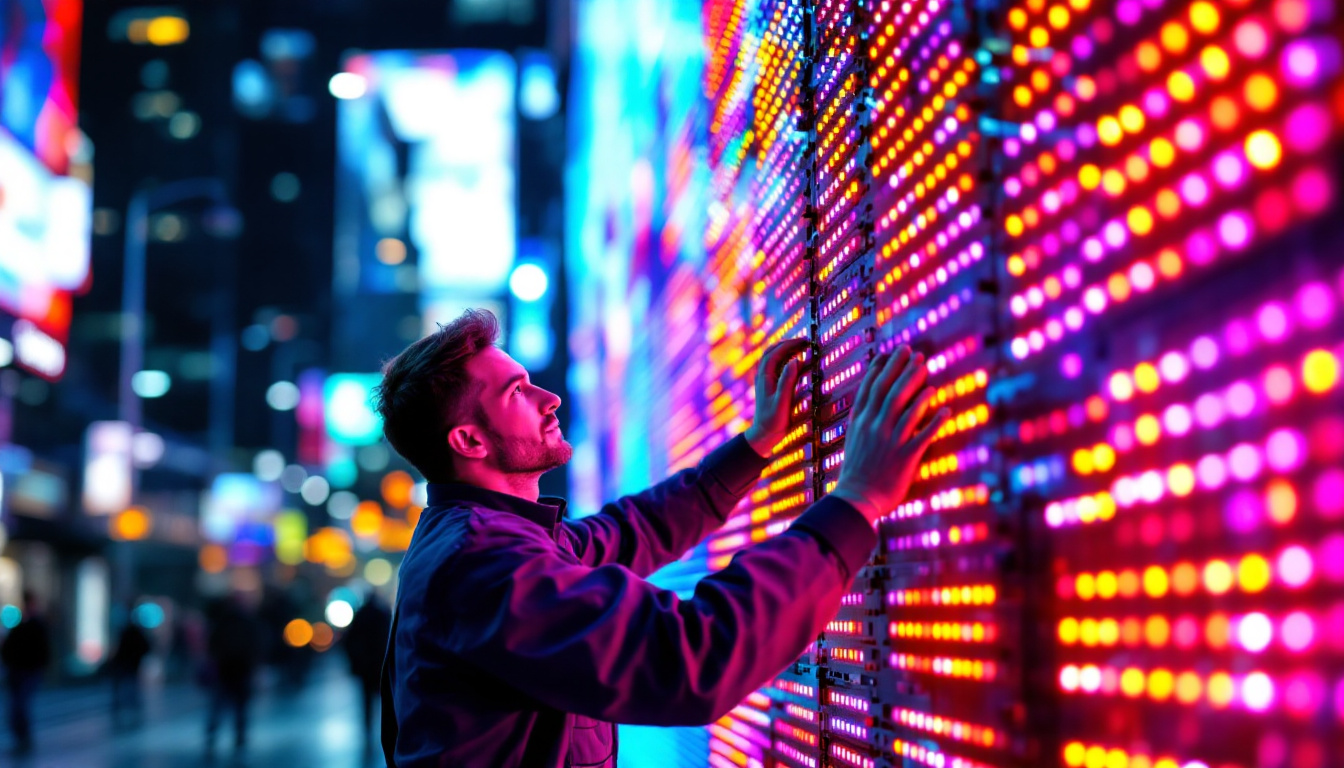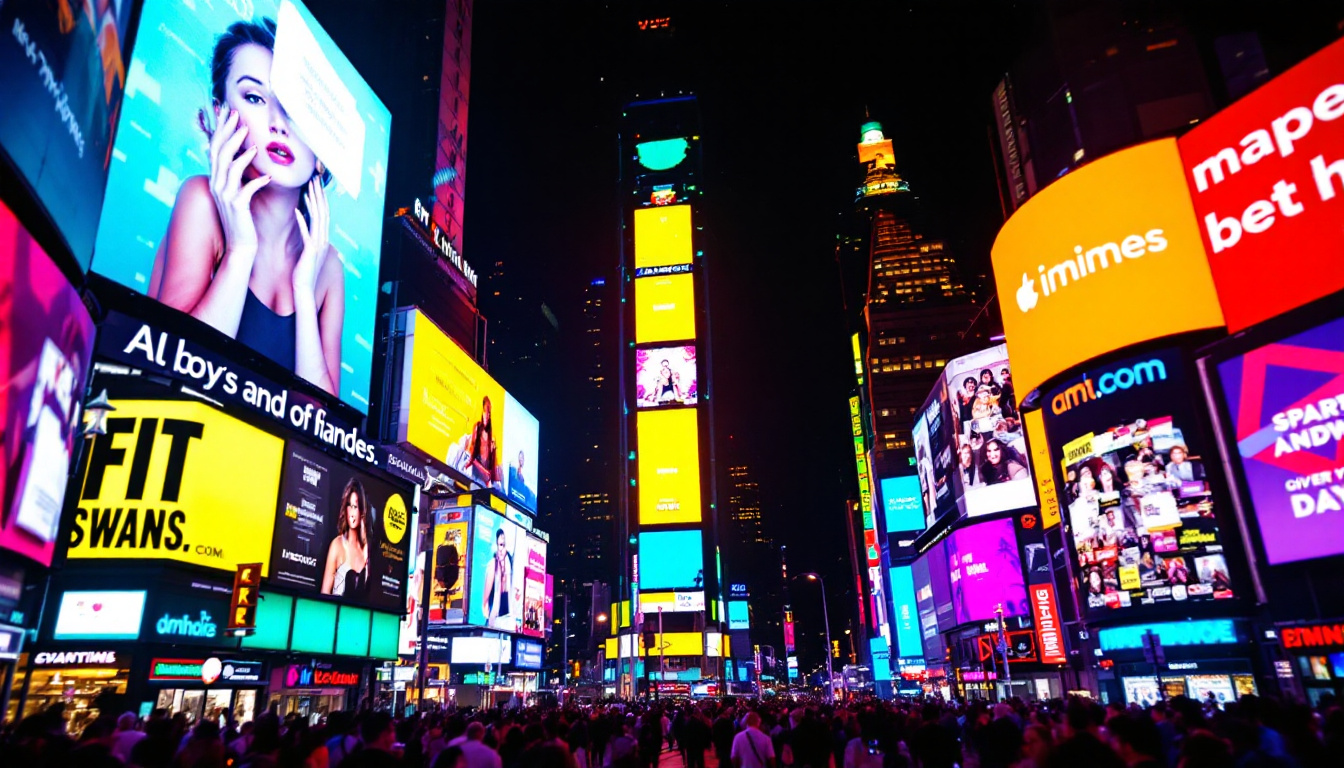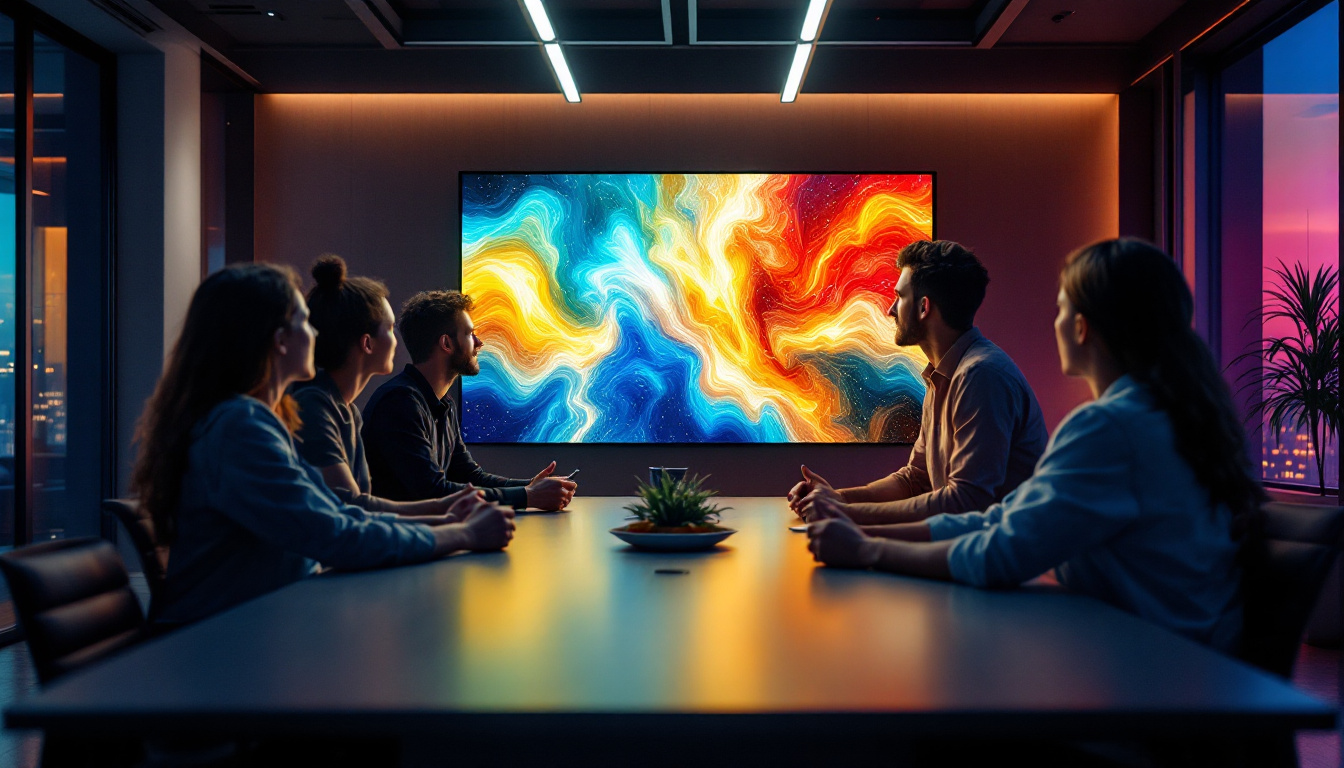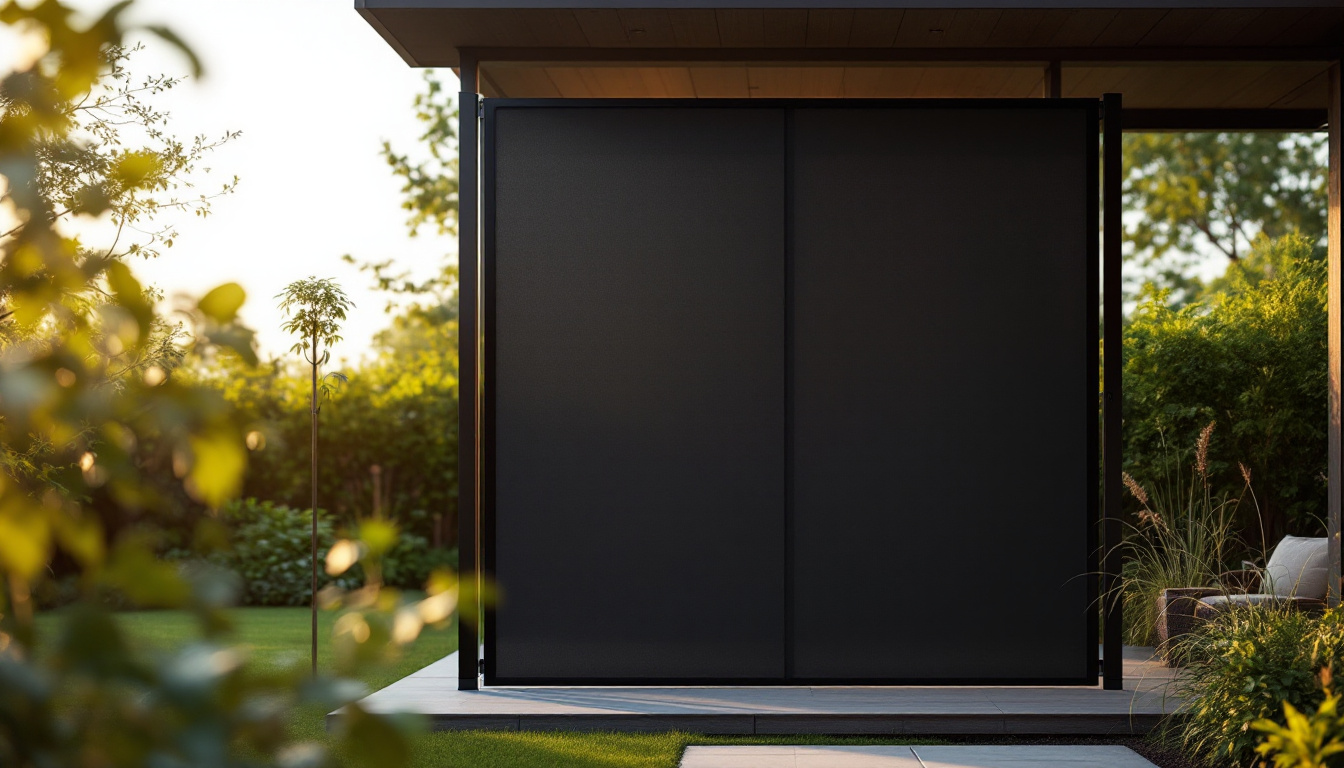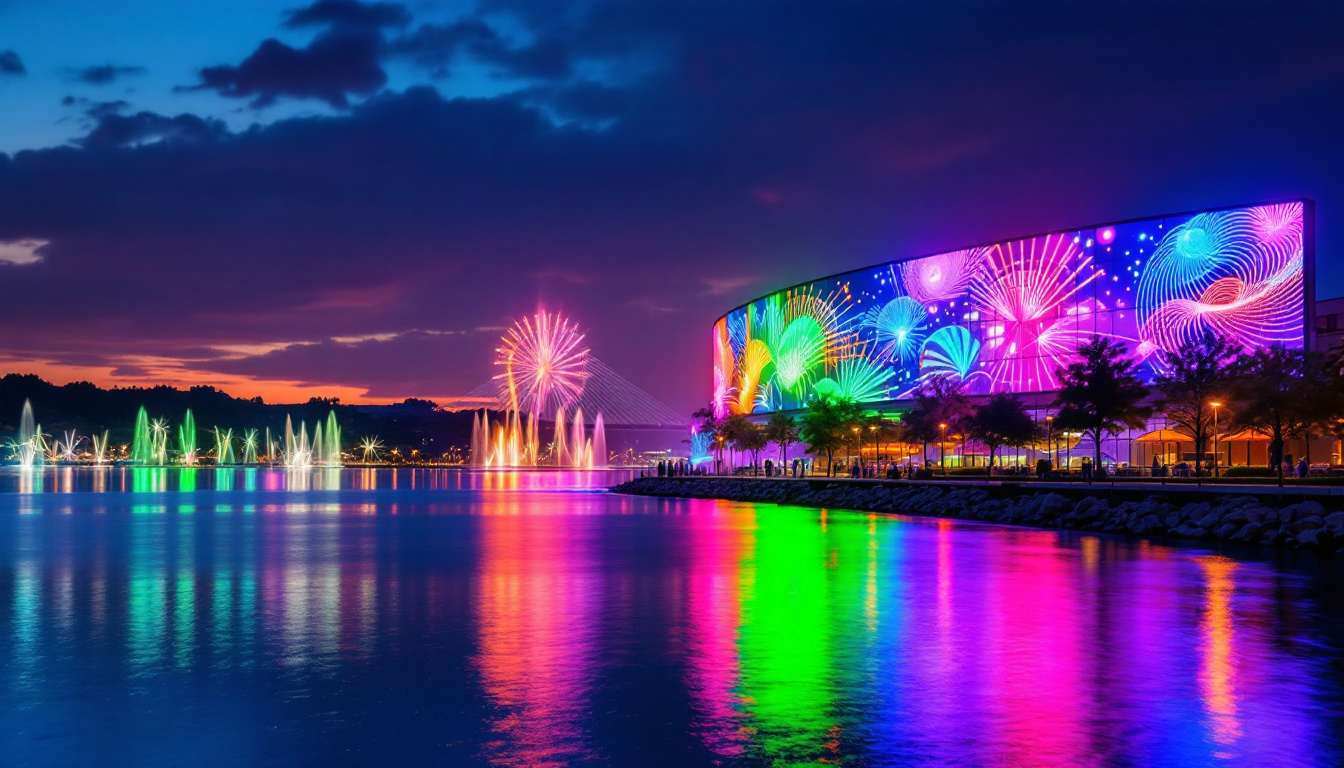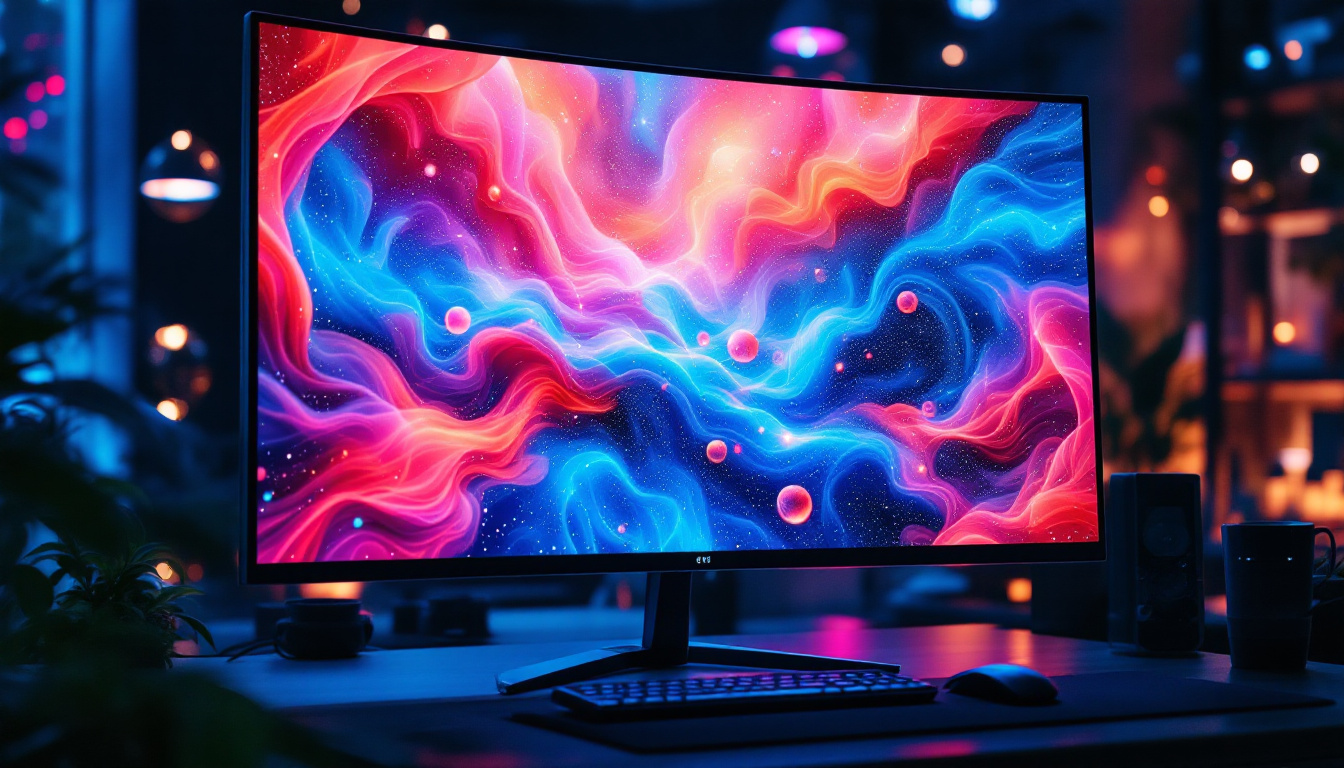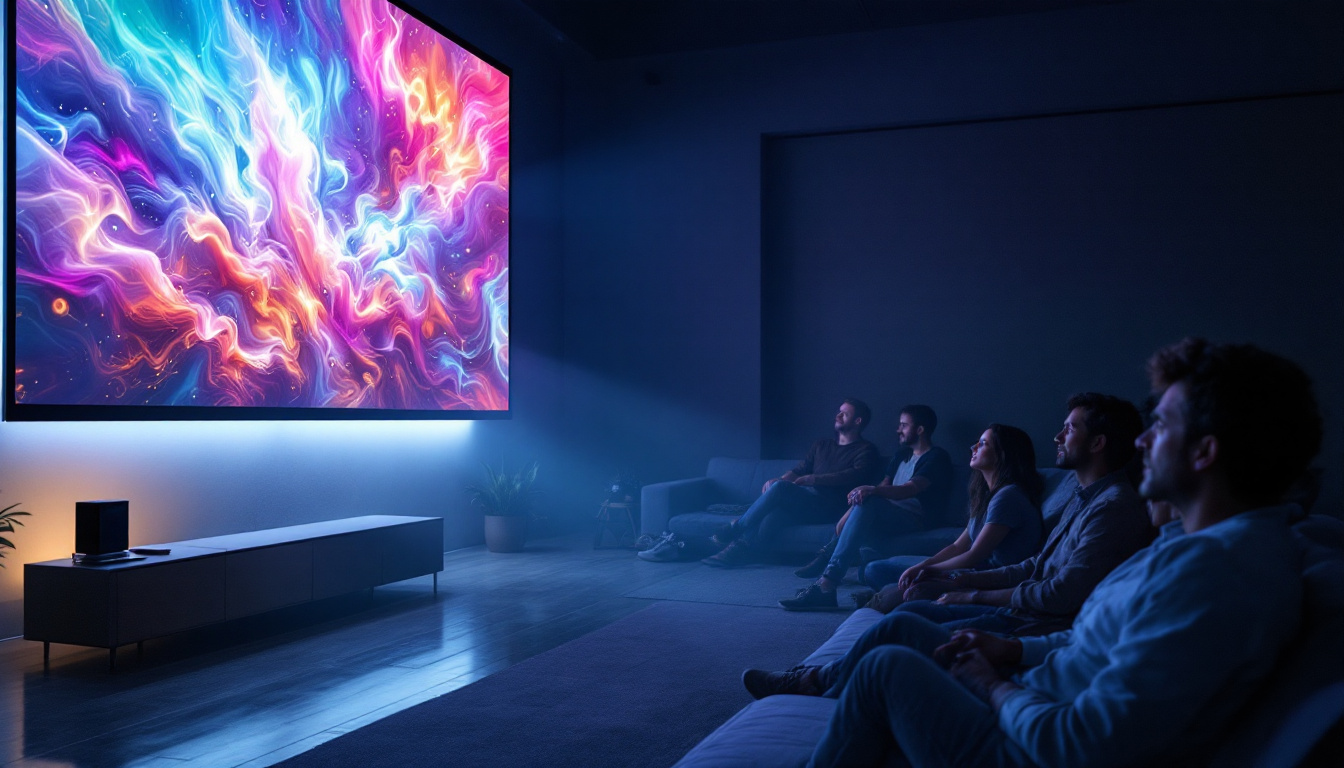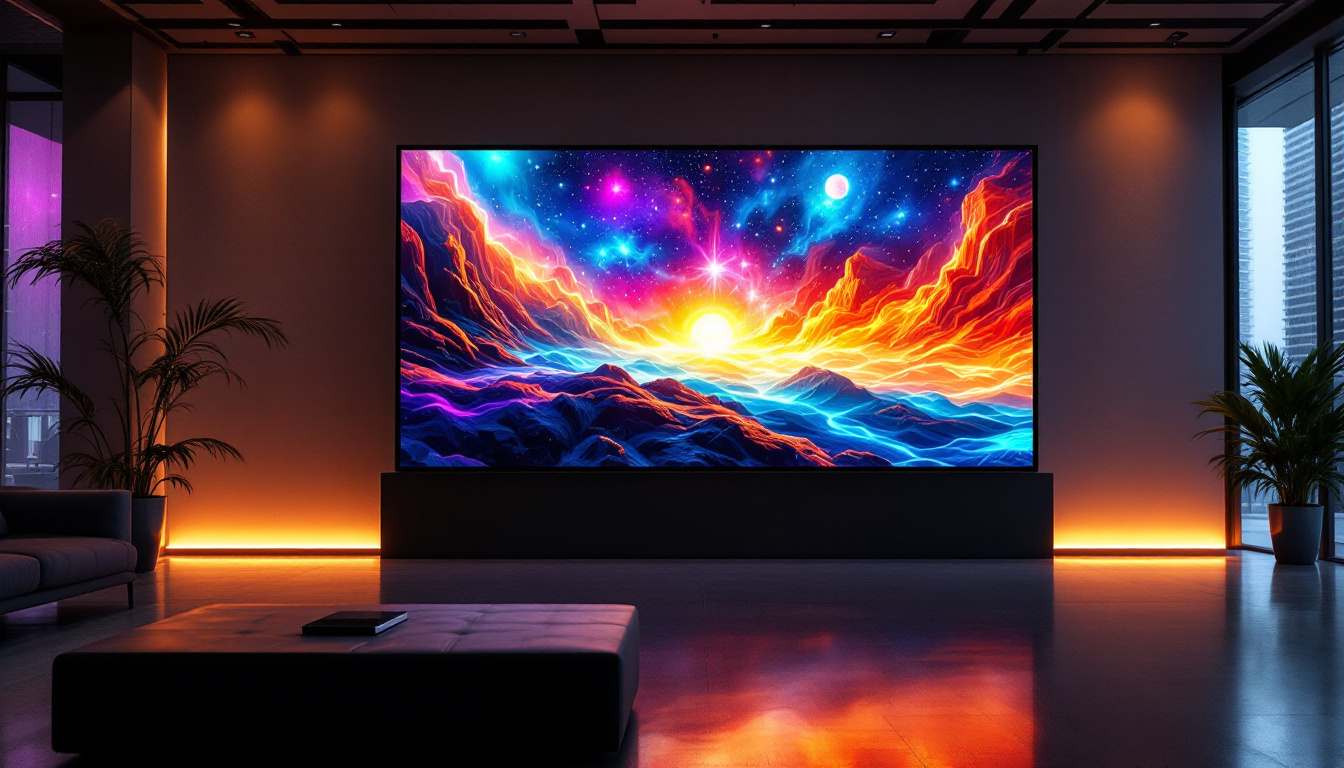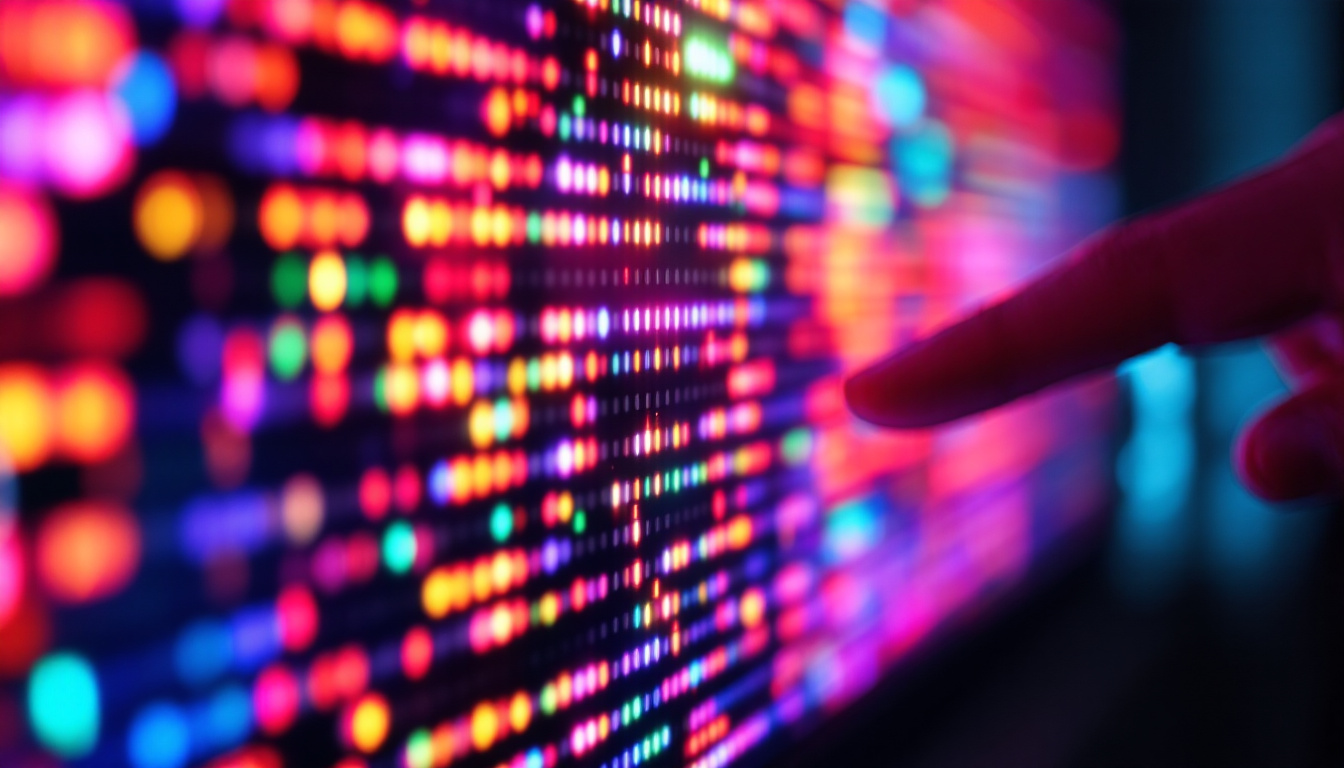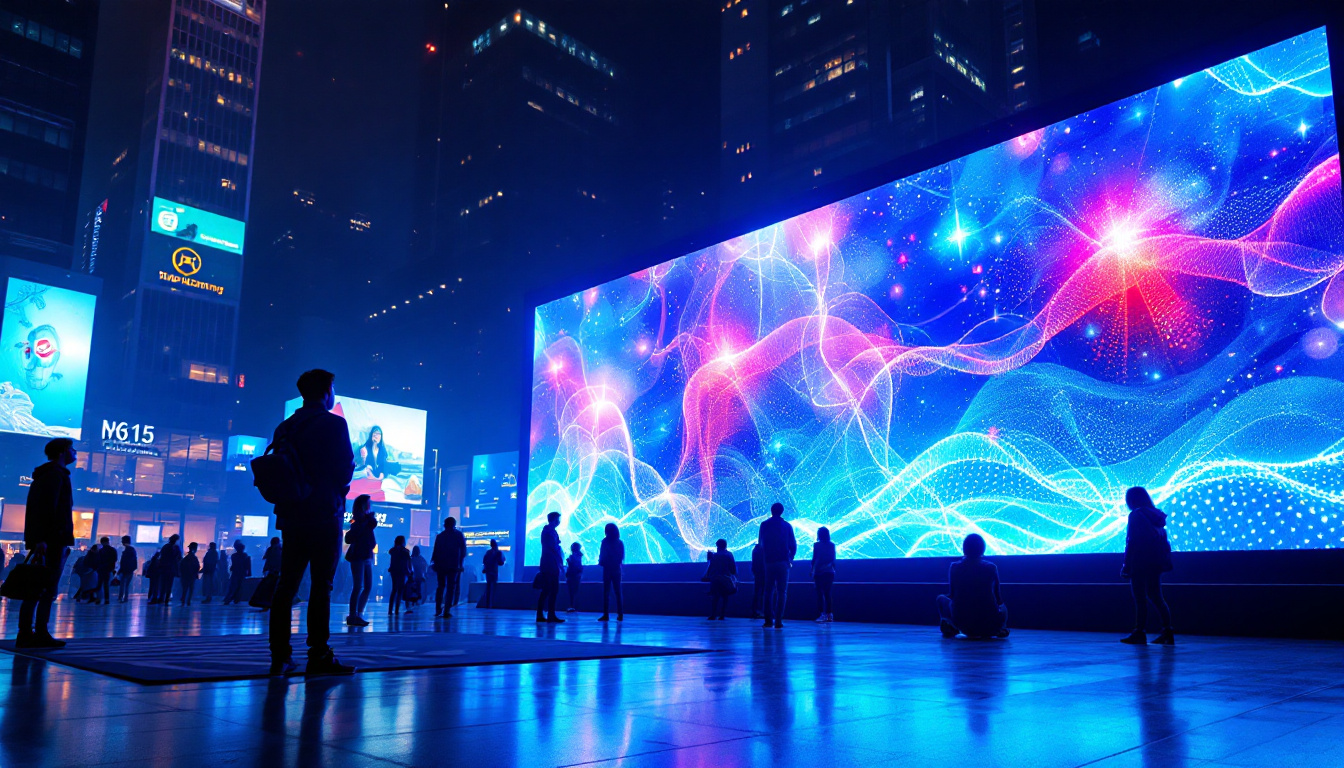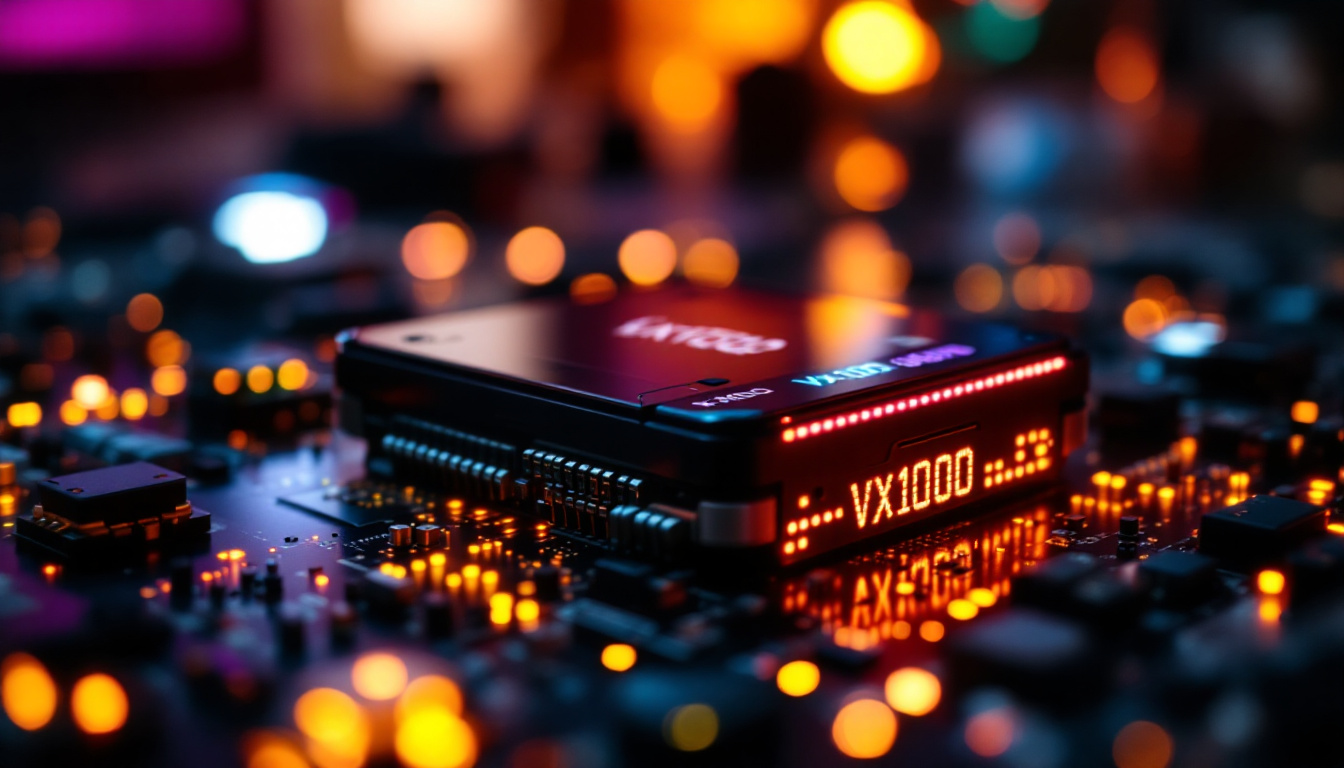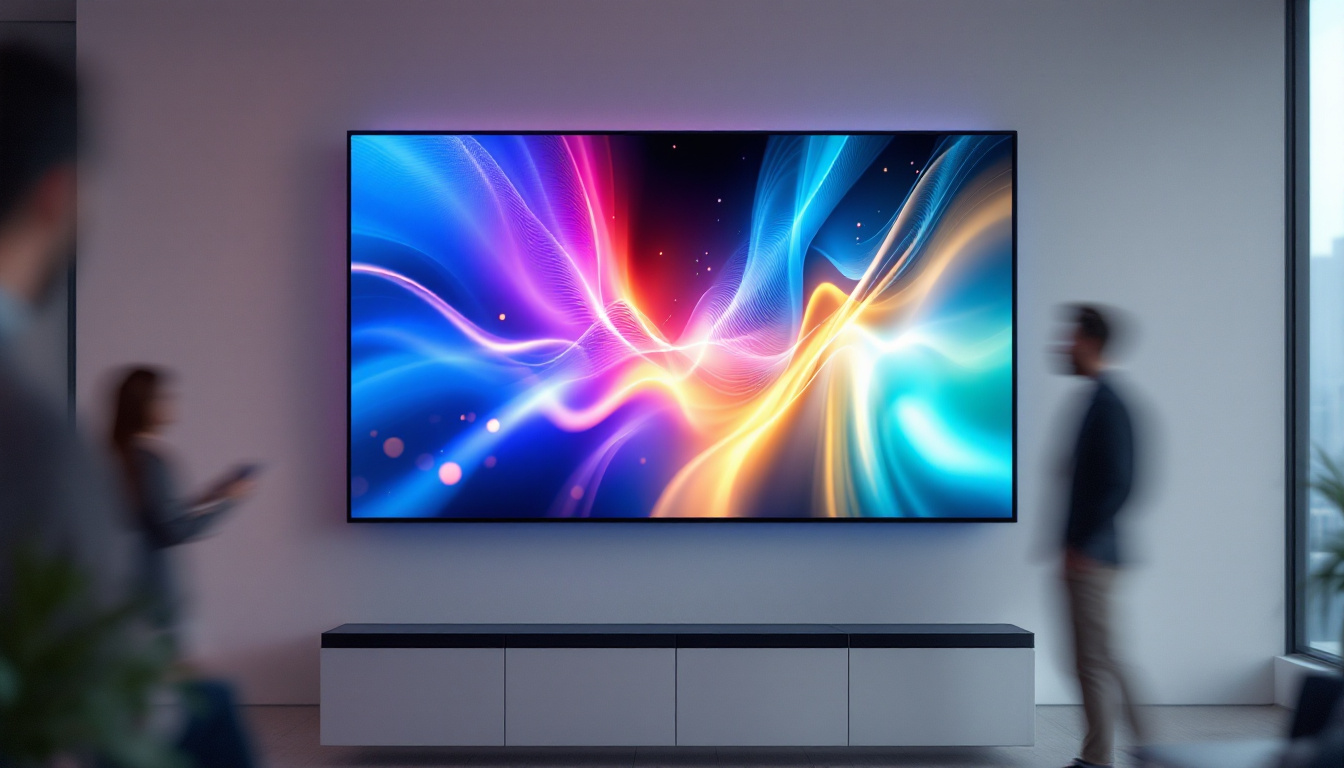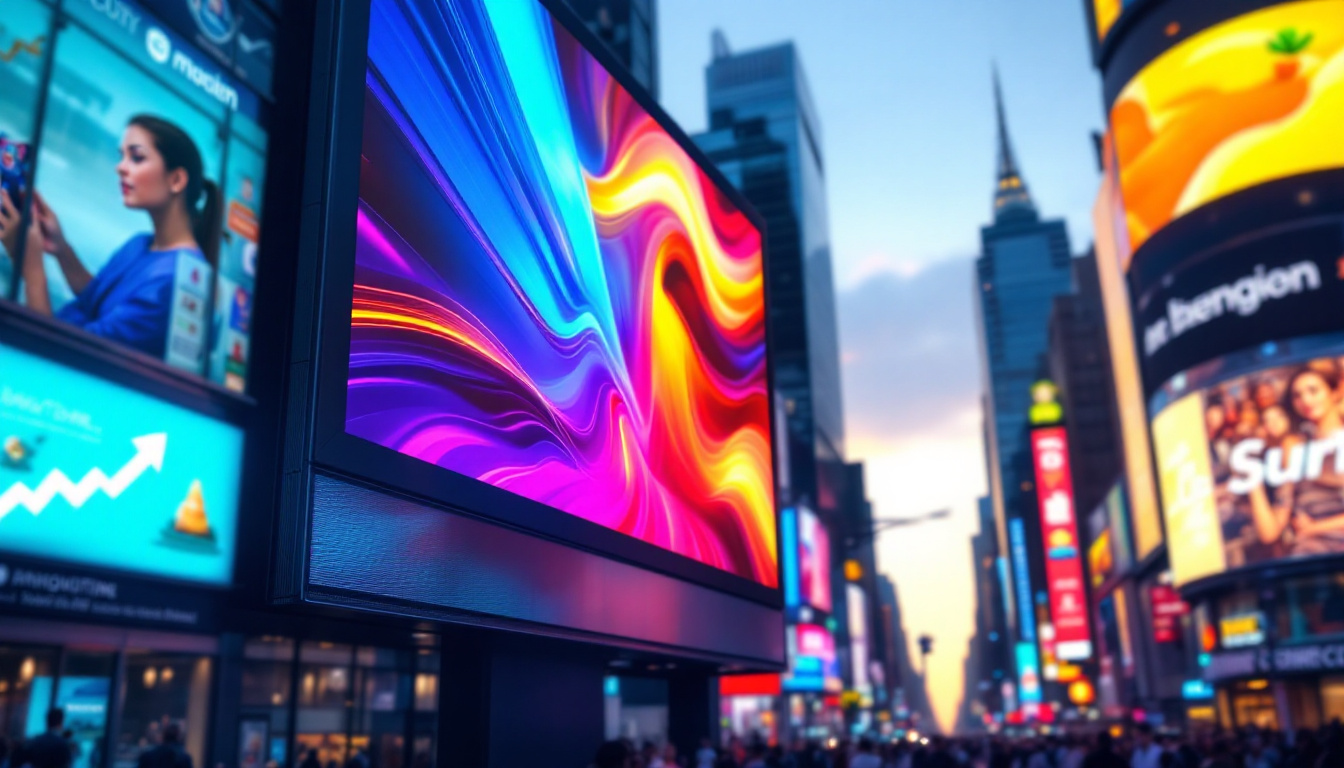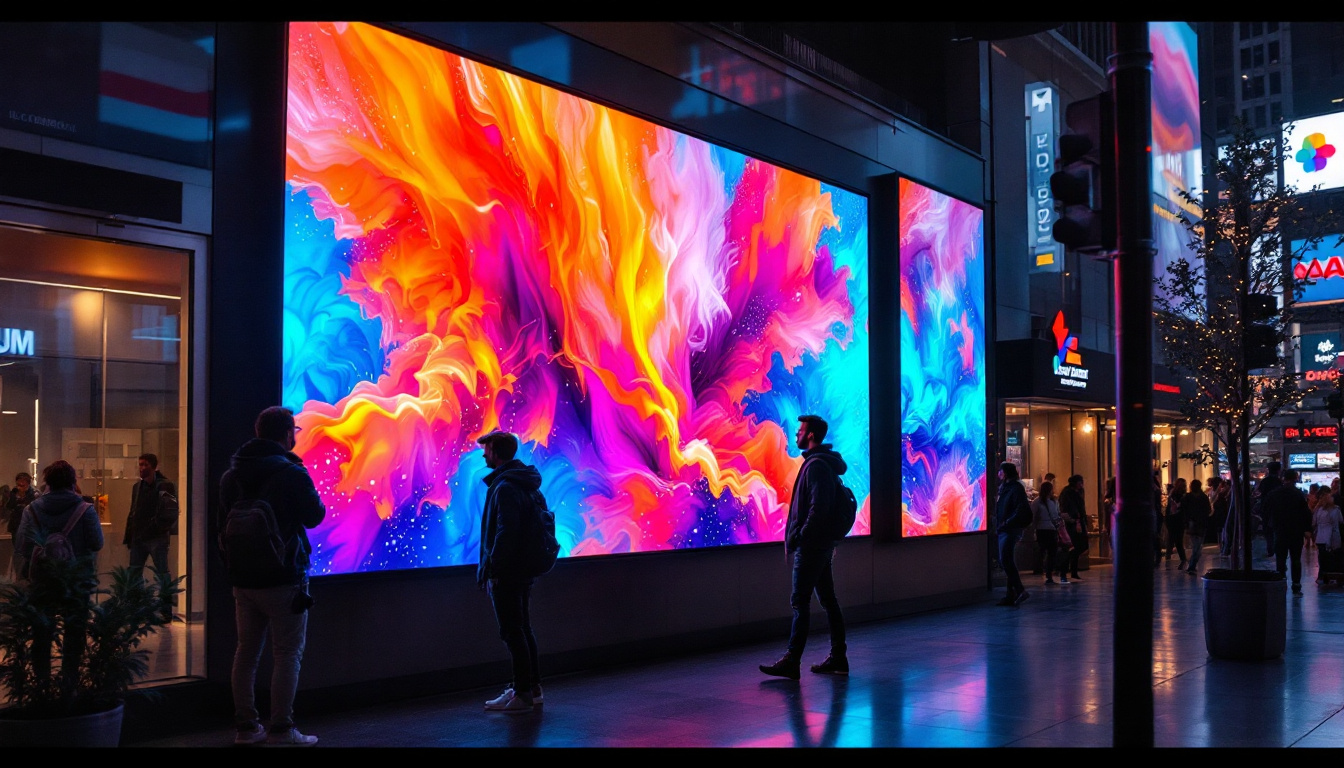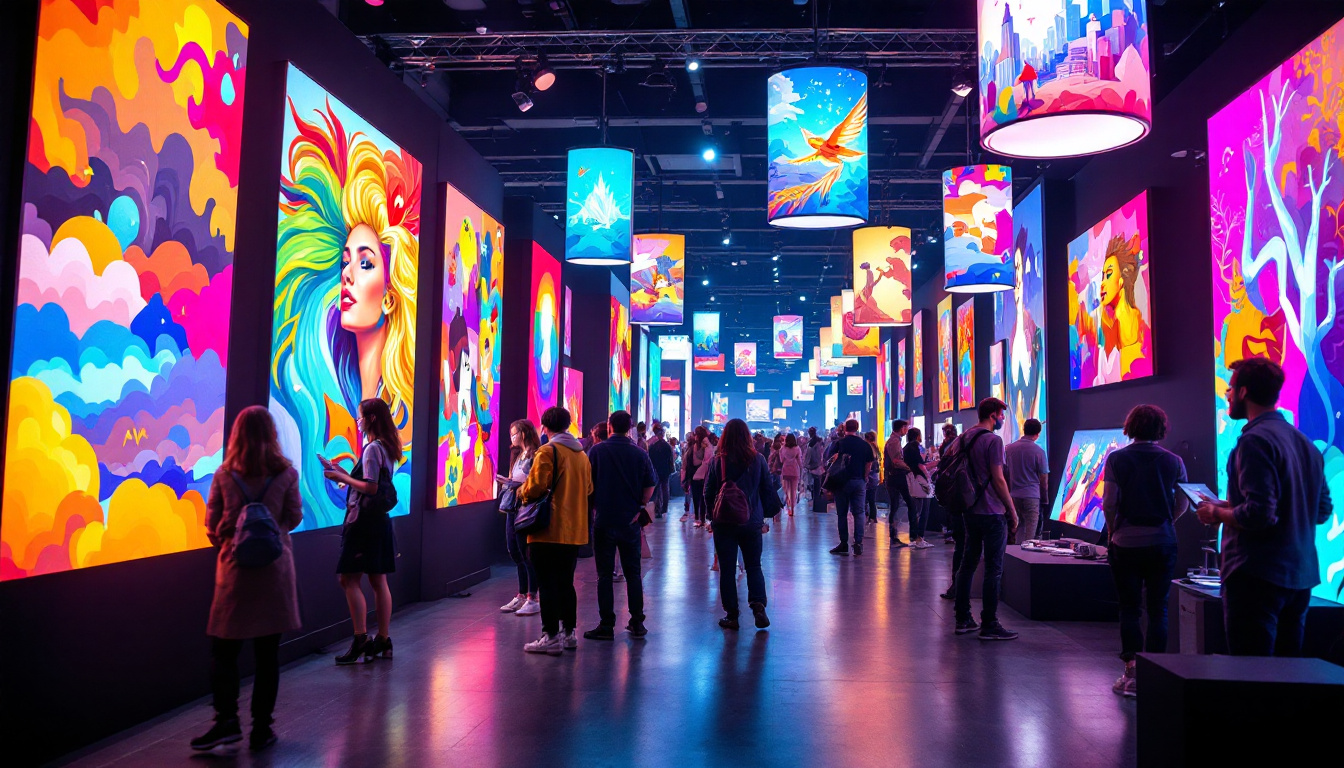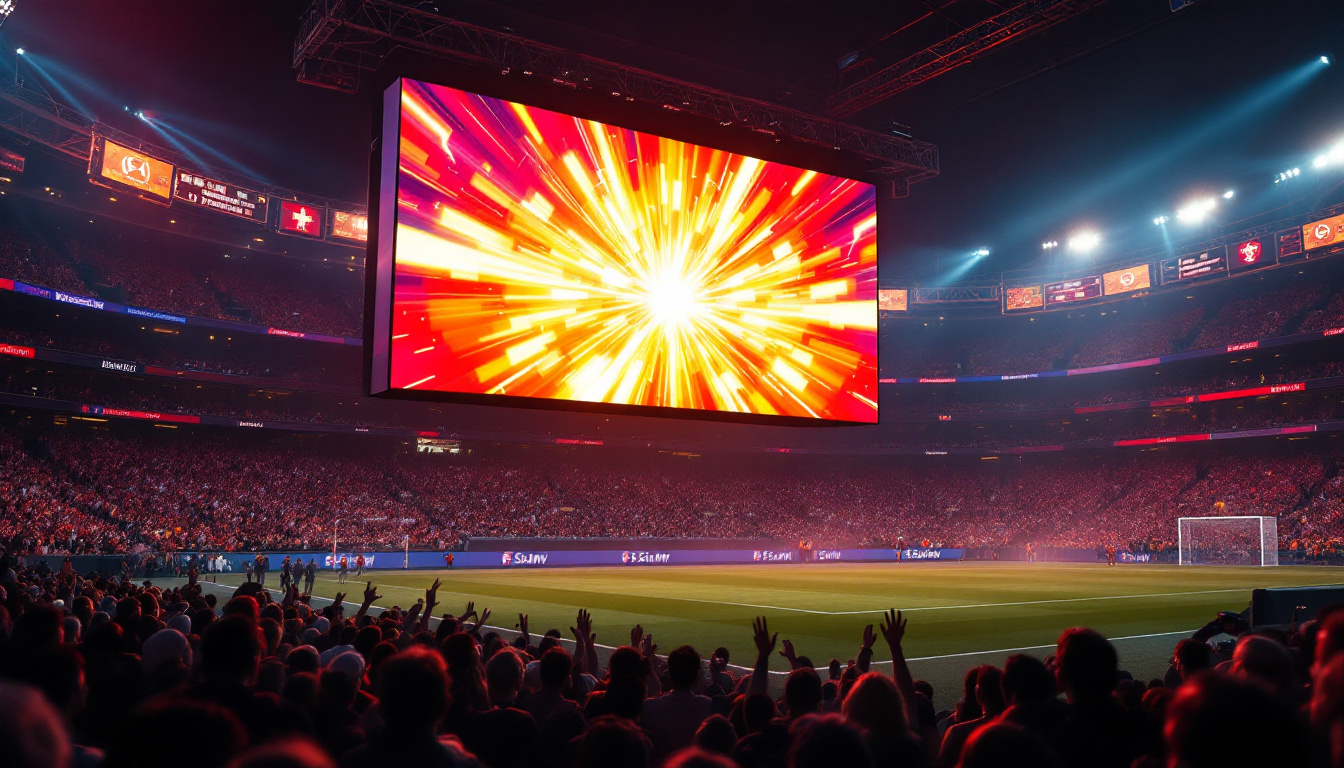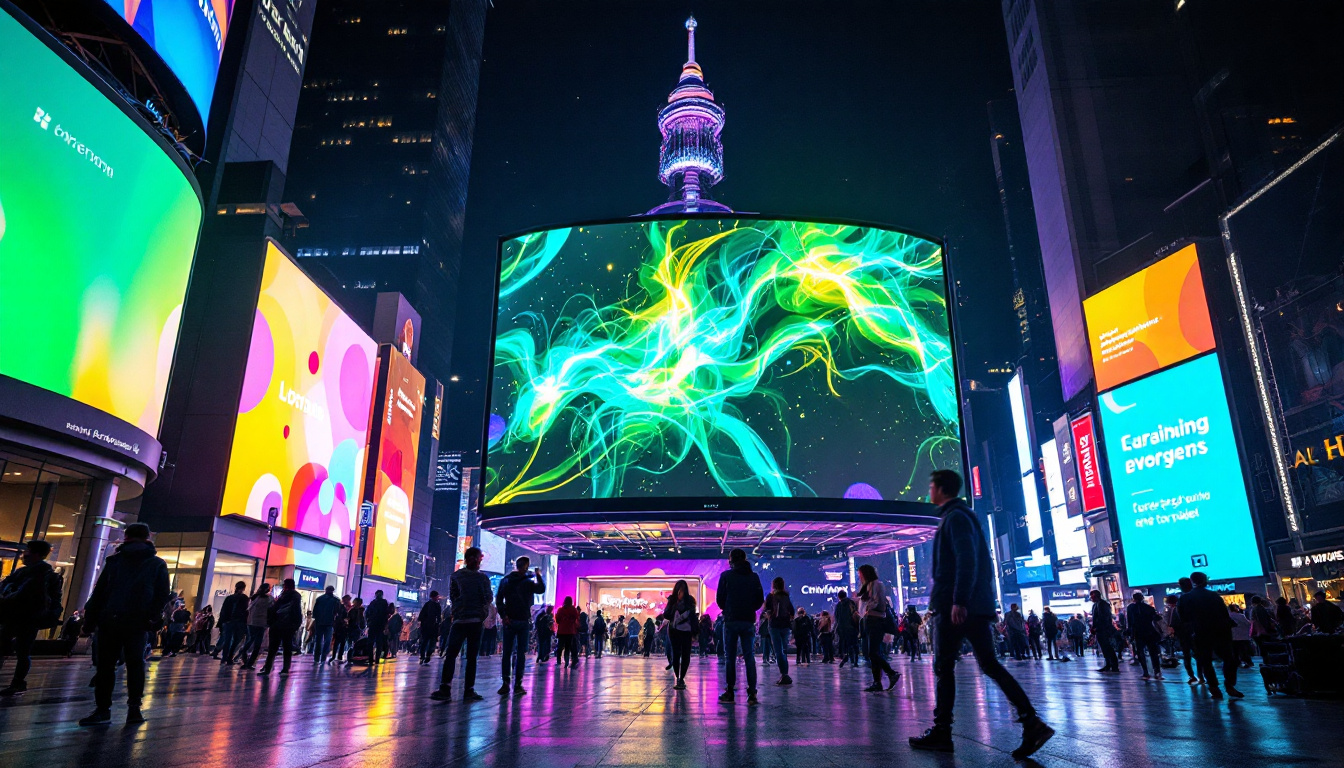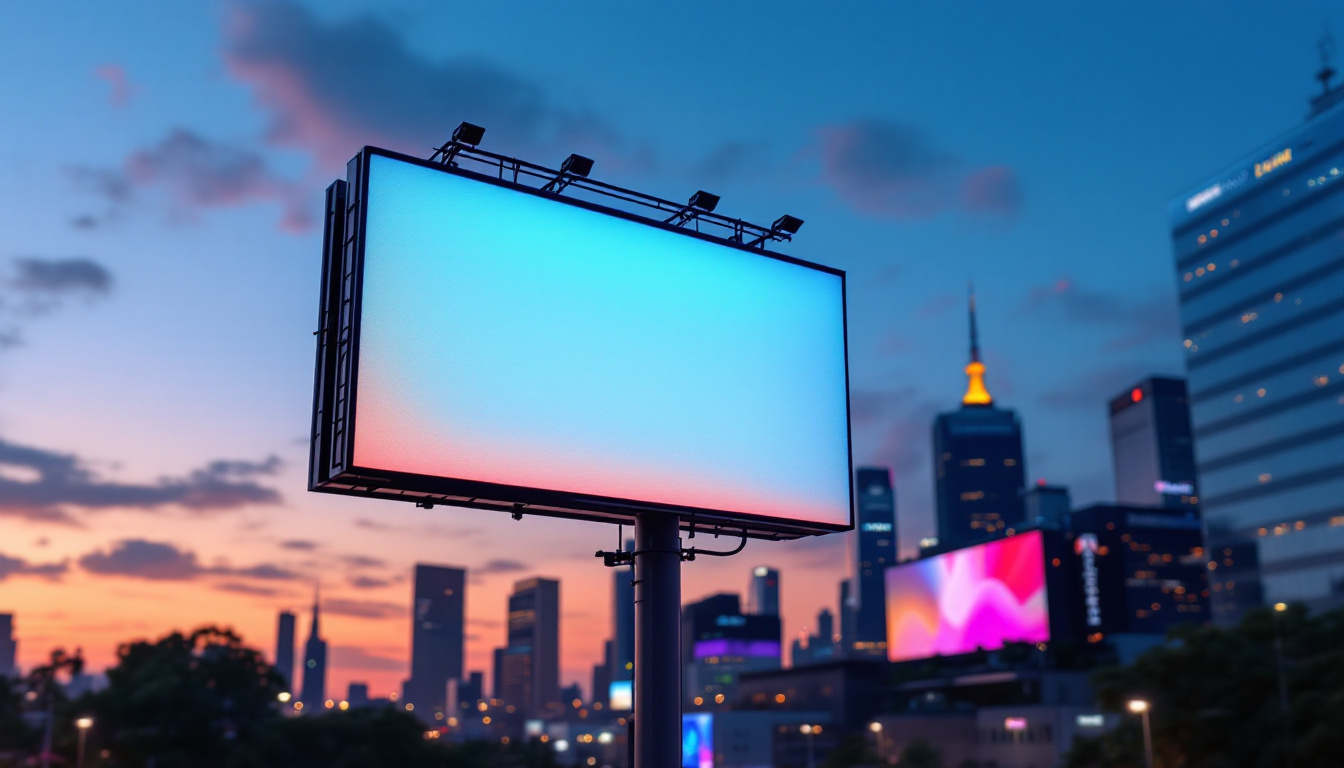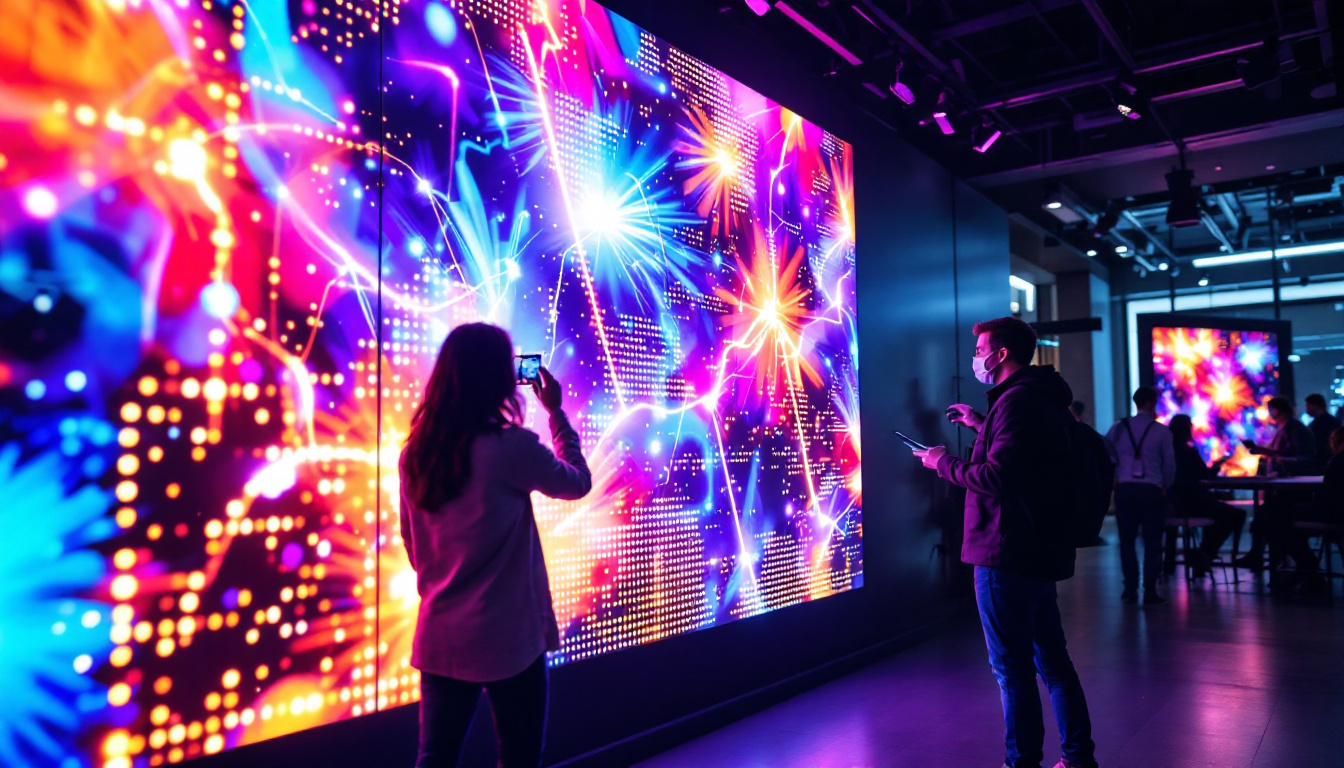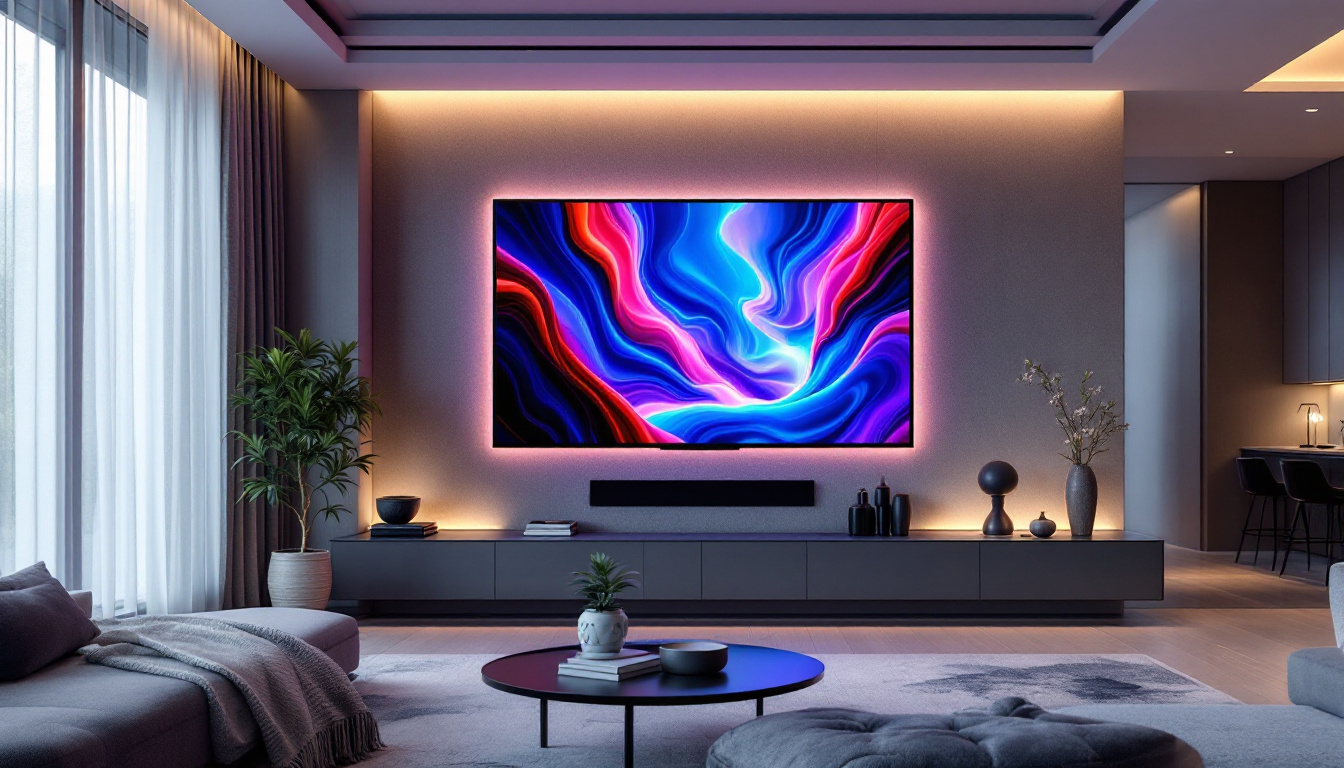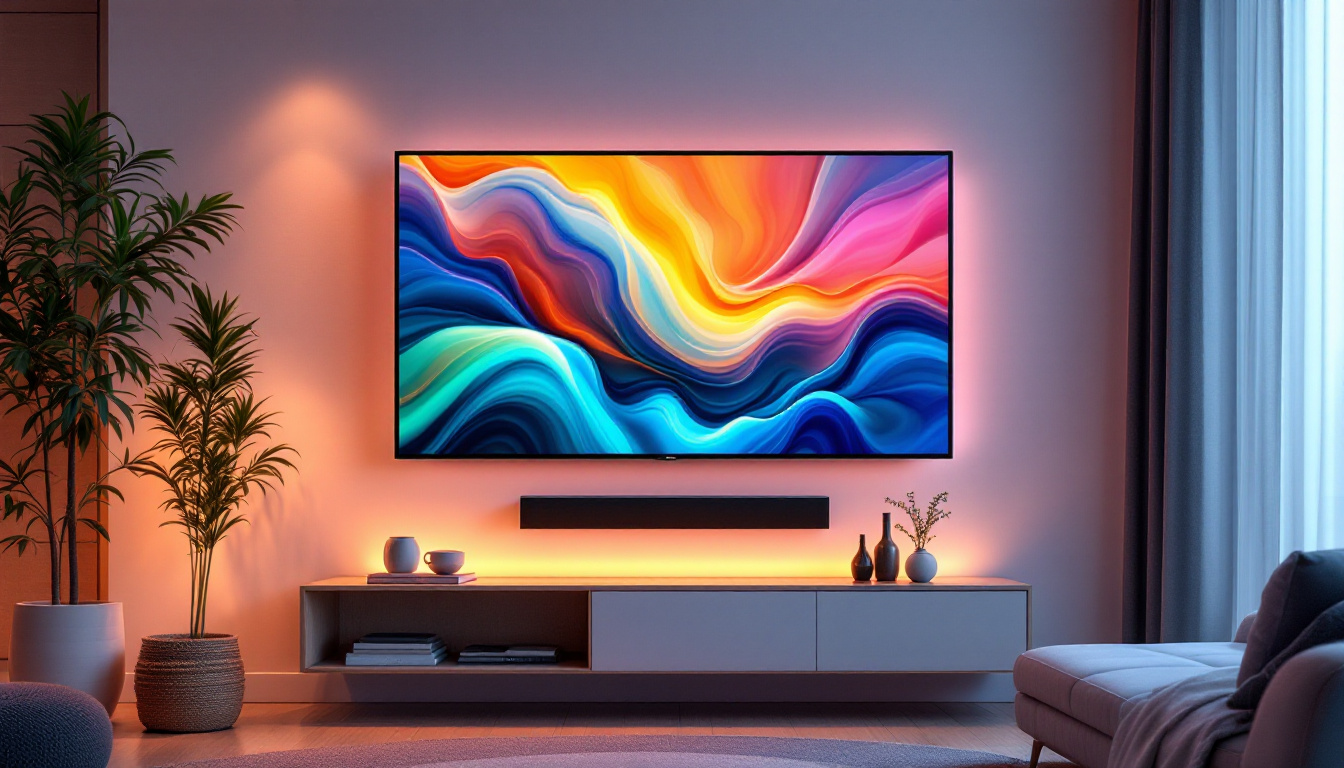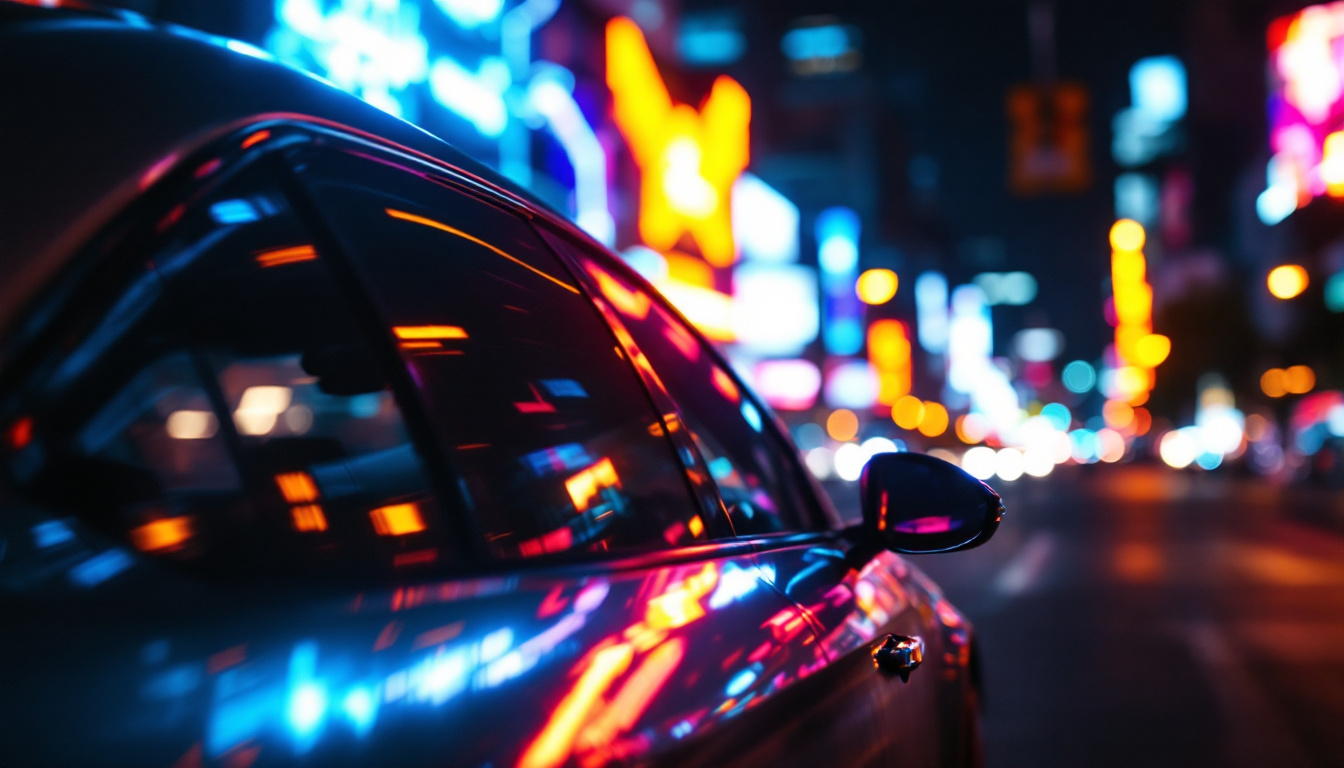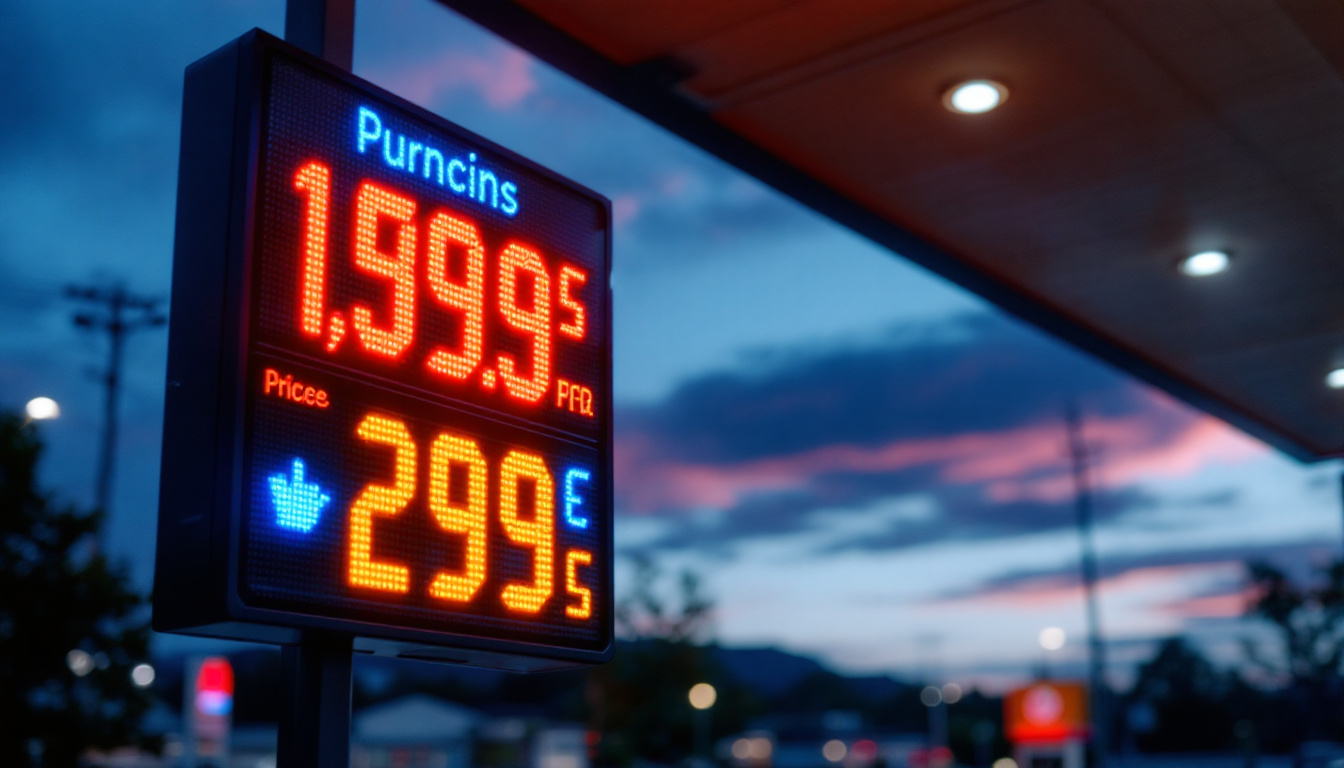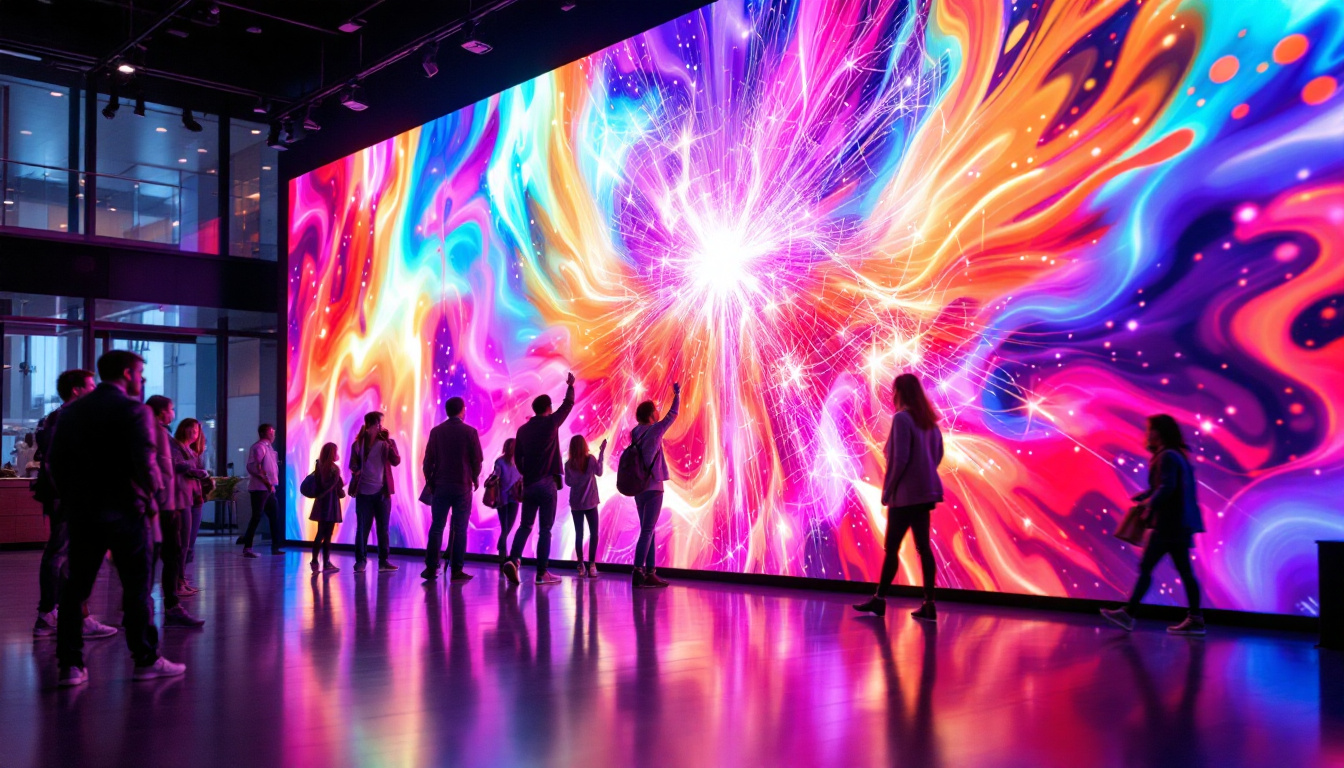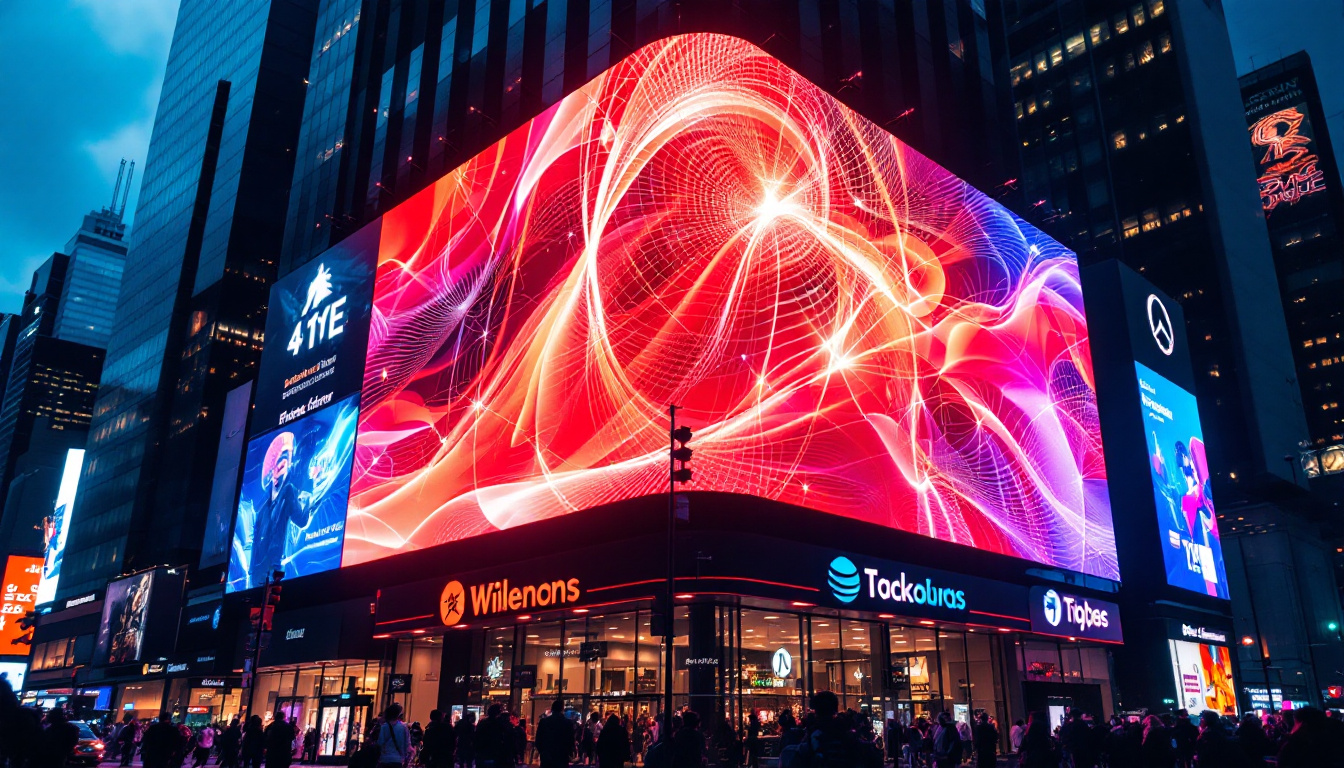In the modern world, LED displays have become an integral part of our daily lives, enhancing everything from advertising to entertainment. Understanding the intricacies of LED technology is essential for making informed purchasing decisions. This article delves into the various aspects of LED displays, providing insights into their functionality, types, applications, and considerations for purchase.
Understanding LED Technology
LED, or Light Emitting Diode, technology has revolutionized how images and videos are displayed. Unlike traditional display technologies, LEDs emit light when an electric current passes through them, resulting in vibrant colors and high contrast ratios.
The fundamental components of an LED display include the LED chips, which are responsible for producing light, and the display matrix, which arranges these chips in a grid format. This arrangement allows for the creation of images by controlling the intensity of light emitted from each LED.
How LED Displays Work
LED displays function by illuminating pixels, which are tiny dots that combine to form images. Each pixel typically consists of red, green, and blue (RGB) diodes. By adjusting the brightness of each diode, a wide spectrum of colors can be produced.
The process of displaying an image involves converting digital signals into electrical signals that control the brightness of each pixel. This rapid modulation allows for the display of dynamic content, making LED screens ideal for video playback and real-time information dissemination.
Moreover, advancements in LED technology have led to the development of various types of displays, including OLED (Organic LED) and Mini LED. OLED displays utilize organic compounds that emit light when an electric current is applied, offering even deeper blacks and more vibrant colors than traditional LEDs. Mini LED technology, on the other hand, employs smaller LED chips that enhance the contrast and brightness of displays, making them increasingly popular in high-end televisions and monitors.
Benefits of LED Displays
One of the primary advantages of LED displays is their energy efficiency. Compared to traditional display technologies, LEDs consume significantly less power, which translates into lower operational costs.
Additionally, LED displays offer superior brightness and visibility, making them suitable for both indoor and outdoor environments. Their durability and resistance to environmental factors further enhance their appeal, ensuring a longer lifespan and reduced maintenance needs.
Another noteworthy benefit of LED technology is its versatility in application. From large-scale outdoor billboards to small, portable screens for personal devices, LED displays can be found in a myriad of settings. Their lightweight nature and flexibility in design allow for innovative installations, such as curved screens and transparent displays, which can transform how information is presented in retail spaces, museums, and even art installations. This adaptability not only enhances user experience but also opens up new avenues for creative expression in visual media.
Types of LED Displays
LED displays come in various types, each designed for specific applications. Understanding these types can help in selecting the right display for particular needs.
Direct View LED Displays
Direct view LED displays are composed of individual LED modules that form a larger screen. These displays are commonly used in outdoor advertising and large venues due to their high brightness and ability to be viewed from a distance.
One of the key features of direct view LED displays is their modularity, allowing for easy scaling and customization. This flexibility makes them ideal for a range of applications, from concert stages to sports arenas. Additionally, these displays often feature advanced weatherproofing and durability, ensuring they can withstand harsh outdoor conditions, including rain, snow, and extreme temperatures. This resilience makes them a preferred choice for businesses looking to make a bold statement in outdoor marketing.
LED Video Walls
LED video walls consist of multiple LED panels tiled together to create a larger visual display. They are often used in control rooms, broadcast studios, and large events. The seamless integration of panels ensures a cohesive image, making them perfect for immersive experiences.
The resolution of LED video walls can vary, with options available for high-definition displays that cater to detailed visuals. This adaptability allows users to select a configuration that meets their specific requirements. Furthermore, many LED video walls come equipped with advanced processing capabilities, enabling real-time content management and dynamic visual presentations. This feature is particularly beneficial for live events and presentations, where content can be updated on-the-fly to engage audiences more effectively.
OLED Displays
Organic Light Emitting Diode (OLED) displays represent a significant advancement in LED technology. Unlike traditional LEDs, OLEDs use organic compounds to produce light, resulting in deeper blacks and more vibrant colors.
While OLED displays are typically more expensive than standard LED displays, their superior picture quality and thinner profile make them increasingly popular for high-end applications, such as televisions and premium advertising displays. Additionally, OLED technology allows for flexible and curved screen designs, opening up new possibilities for innovative display shapes that can enhance architectural aesthetics. This versatility is particularly appealing for modern retail environments and art installations, where the visual impact is paramount. As OLED technology continues to evolve, we can expect to see even more applications that leverage its unique properties, further blurring the lines between technology and art.
Applications of LED Displays
LED displays are utilized across various industries, each benefiting from the unique attributes of this technology. From advertising to entertainment, the applications are vast and diverse.
Advertising and Marketing
In the realm of advertising, LED displays have become a staple for businesses looking to capture audience attention. Their bright, dynamic content is far more engaging than static signage, leading to higher visibility and increased foot traffic.
Digital billboards, for instance, can display multiple advertisements in a rotating format, maximizing exposure for advertisers. The ability to update content remotely also allows for real-time promotions and targeted marketing strategies.
Events and Entertainment
LED displays play a crucial role in the events and entertainment industry. Concerts, festivals, and sporting events utilize large LED screens to enhance the audience experience, providing clear visuals from afar.
In addition to large displays, smaller LED screens are often used for live feeds, graphics, and information dissemination, ensuring that attendees remain engaged throughout the event.
Corporate and Educational Use
In corporate environments, LED displays are used for presentations, meetings, and information sharing. Their clarity and brightness make them ideal for conference rooms and auditoriums, facilitating effective communication.
Educational institutions also benefit from LED technology, using displays for interactive learning and presentations. The versatility of LED displays allows for various teaching methods, enhancing the overall learning experience.
Considerations When Purchasing LED Displays
When it comes to purchasing an LED display, several factors should be taken into account to ensure the right choice is made. These considerations can significantly impact the functionality and effectiveness of the display.
Resolution and Pixel Pitch
Resolution is a critical aspect of LED displays, as it determines the clarity of the images being presented. Higher resolutions provide more detail, making them suitable for close viewing. Pixel pitch, the distance between the centers of two adjacent pixels, also plays a role in determining resolution.
For applications where viewers will be close to the display, such as in retail environments, a smaller pixel pitch is recommended. Conversely, larger pixel pitches can be used for displays viewed from a distance, such as outdoor billboards.
Brightness and Contrast Ratio
Brightness is measured in nits, and it directly affects the visibility of the display in various lighting conditions. For outdoor displays, a higher brightness level is essential to ensure the content remains visible even in direct sunlight.
Contrast ratio, the difference between the darkest and lightest parts of an image, also influences the overall quality of the display. A higher contrast ratio results in more vivid colors and better image quality, enhancing the viewing experience.
Durability and Environmental Factors
Durability is a significant consideration, especially for outdoor displays that are exposed to the elements. Look for displays with robust construction and weatherproofing features to ensure longevity.
Additionally, consider the operating temperature range and humidity resistance of the display. Ensuring that the display can withstand environmental factors will prevent potential damage and reduce maintenance costs.
Installation and Maintenance
Proper installation and maintenance are crucial for maximizing the lifespan and performance of LED displays. Understanding the requirements for both aspects can help avoid common pitfalls.
Installation Considerations
When installing an LED display, it is essential to consider the location and mounting options. The display should be positioned for optimal visibility, taking into account factors such as viewing angles and surrounding lighting conditions.
Professional installation is often recommended, as it ensures that the display is set up correctly and safely. This includes proper electrical connections, structural support, and alignment to provide the best viewing experience.
Maintenance Practices
Regular maintenance is vital for keeping LED displays in optimal condition. This includes routine cleaning, software updates, and inspections for any signs of wear or damage.
Implementing a maintenance schedule can help identify potential issues before they escalate, ensuring that the display remains functional and visually appealing over time.
Future Trends in LED Technology
The LED display industry is continually evolving, with advancements in technology paving the way for new possibilities. Understanding these trends can provide insights into what to expect in the future.
Advancements in Resolution
As technology progresses, the demand for higher resolution displays continues to grow. Innovations such as microLED technology are emerging, offering even finer pixel pitches and improved image quality.
This trend towards higher resolution displays is expected to enhance applications in various fields, from entertainment to medical imaging, where clarity and detail are paramount.
Sustainability Initiatives
With increasing awareness of environmental issues, the LED display industry is also focusing on sustainability. Manufacturers are exploring eco-friendly materials and energy-efficient technologies to reduce the carbon footprint of their products.
Additionally, recycling programs for old displays are becoming more common, promoting responsible disposal and reducing electronic waste.
Conclusion
LED displays have transformed the way information is conveyed and experiences are enhanced across various sectors. Understanding the technology, types, applications, and purchasing considerations is essential for making informed decisions.
As the industry continues to evolve, staying updated on trends and advancements will ensure that consumers and businesses can leverage the full potential of LED technology. Whether for advertising, entertainment, or corporate use, the right LED display can make a significant impact.
Discover Cutting-Edge LED Displays with LumenMatrix
Ready to elevate your visual experience with the latest in LED display technology? Look no further than LumenMatrix, a pioneer in crafting innovative LED solutions that bring your brand to life. From vibrant Indoor and Outdoor LED Wall Displays to dynamic Vehicle and Sports LED Displays, LumenMatrix offers a wide array of products, including LED Posters, Floor Displays, Custom Configurations, All-in-One solutions, and even Transparent Displays. Embrace the future of visual communication with LumenMatrix and create unforgettable impressions that engage and captivate your audience. Check out LumenMatrix LED Display Solutions today and transform your message into a visual masterpiece.

